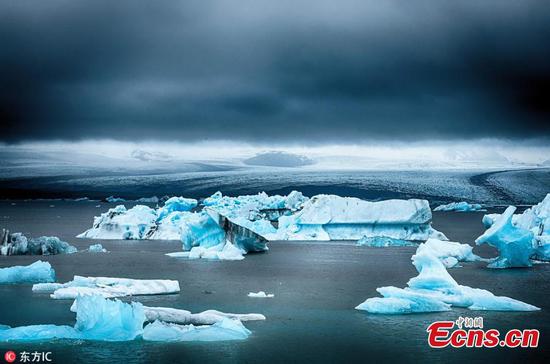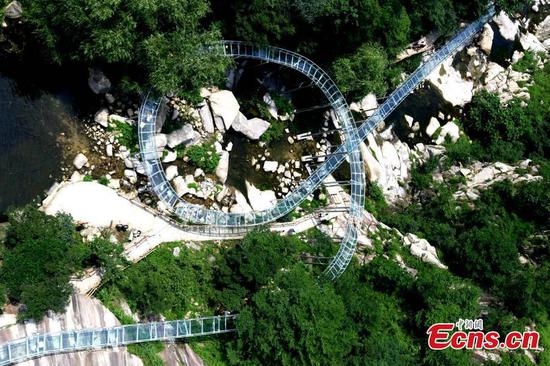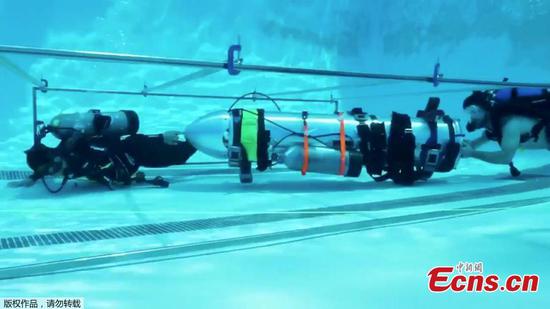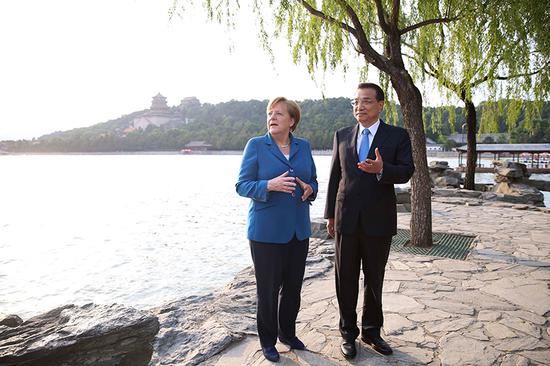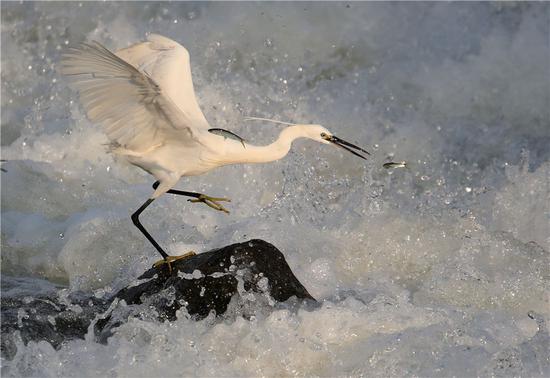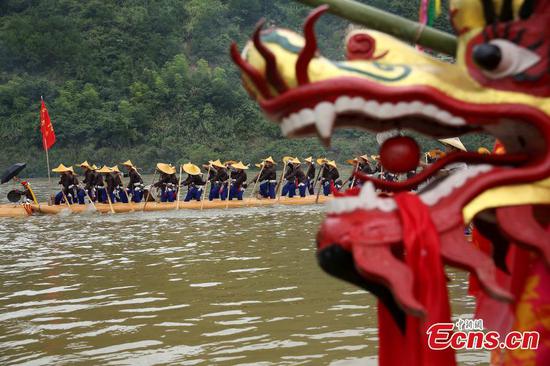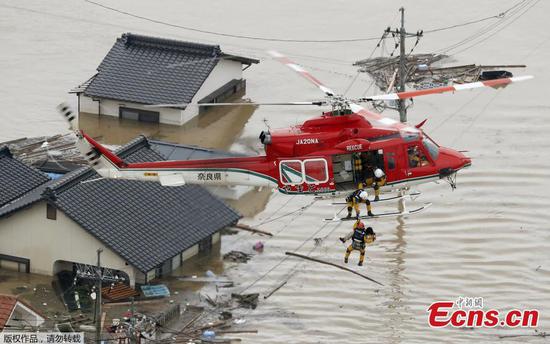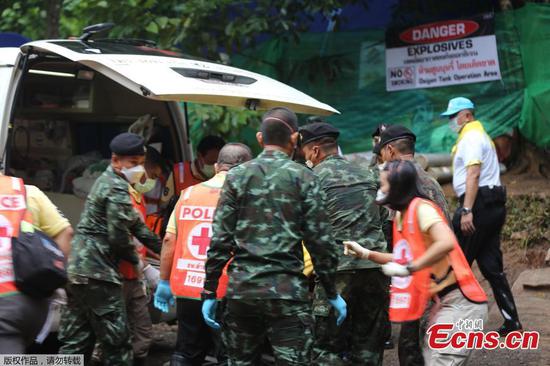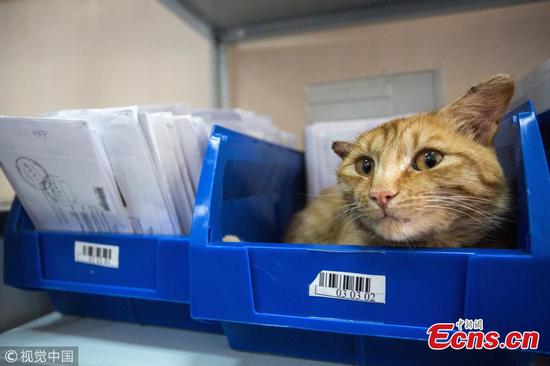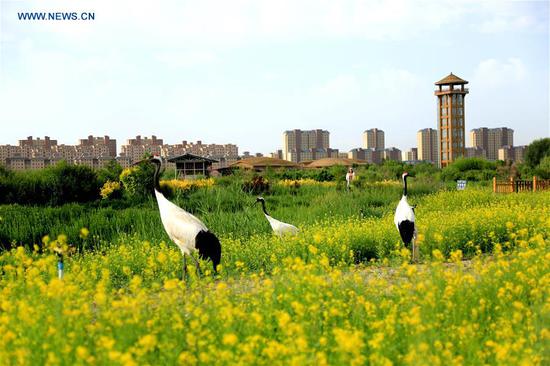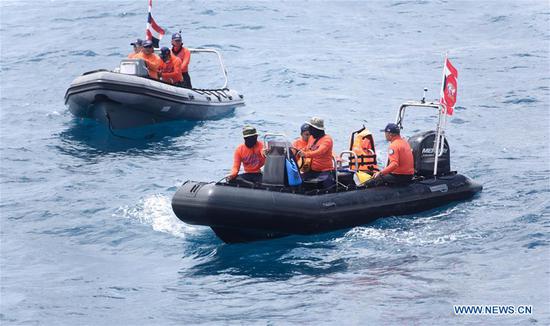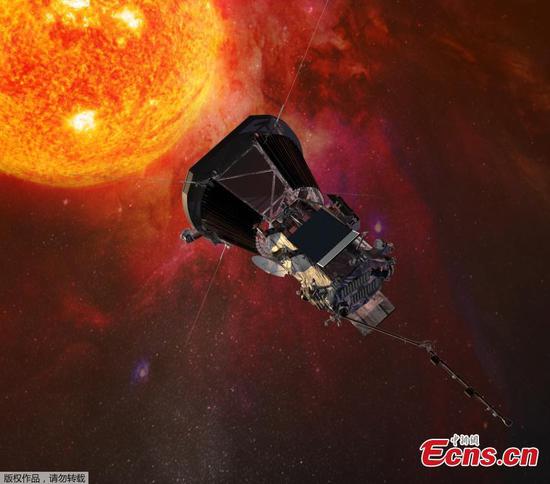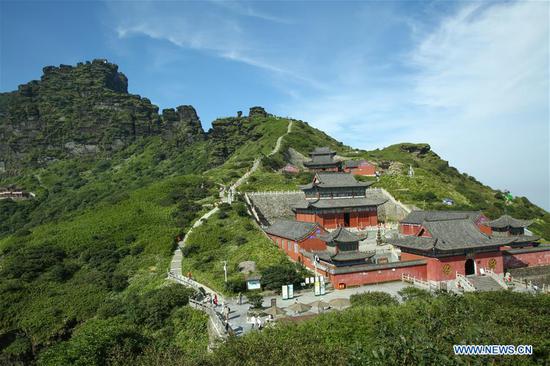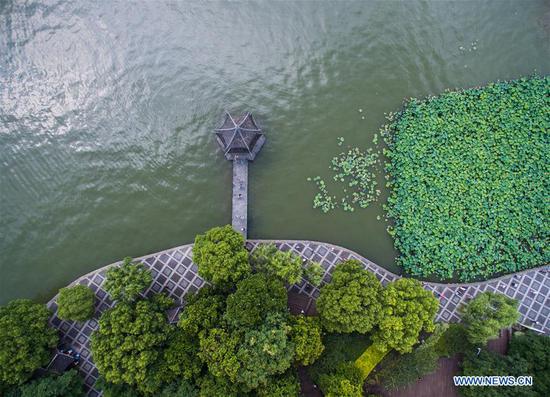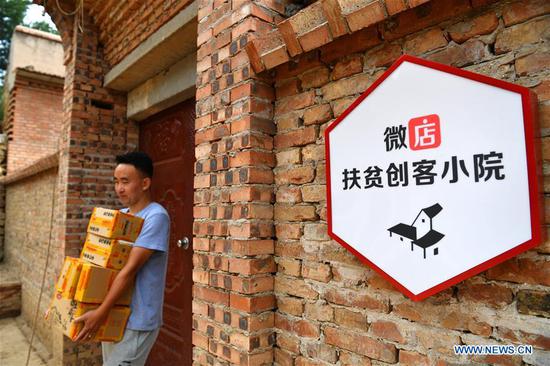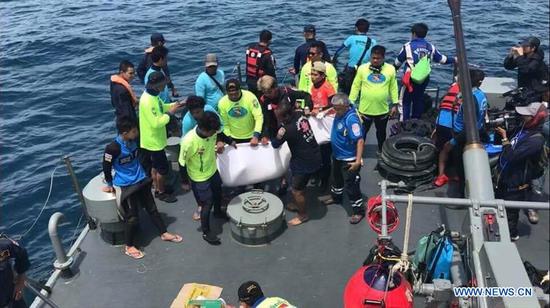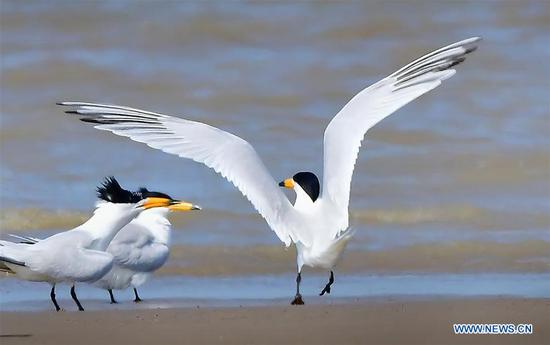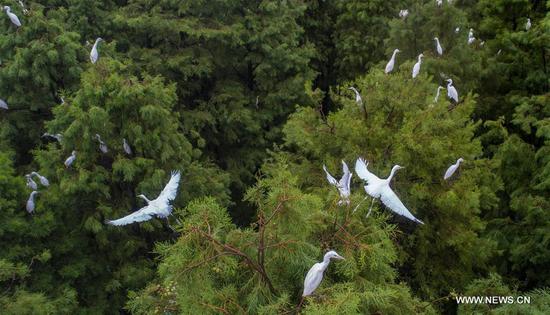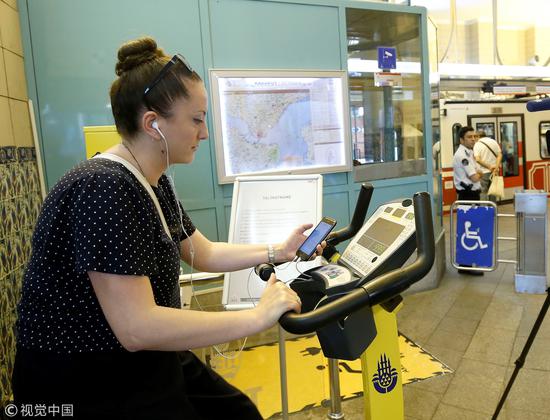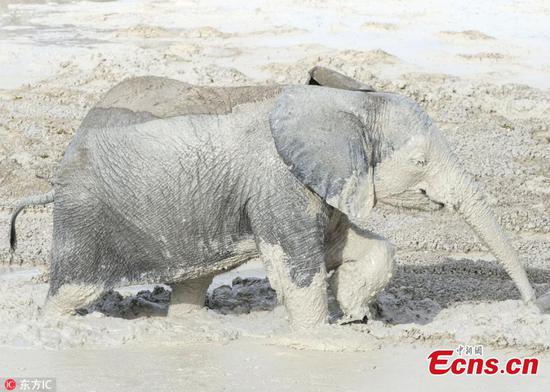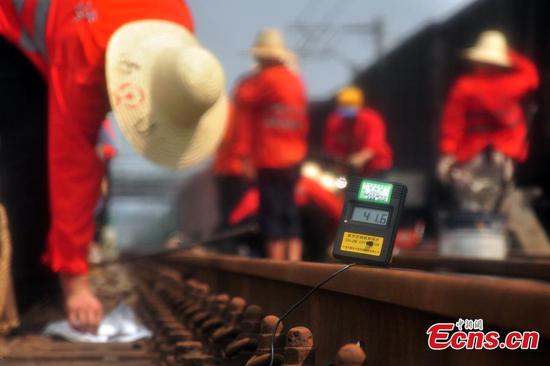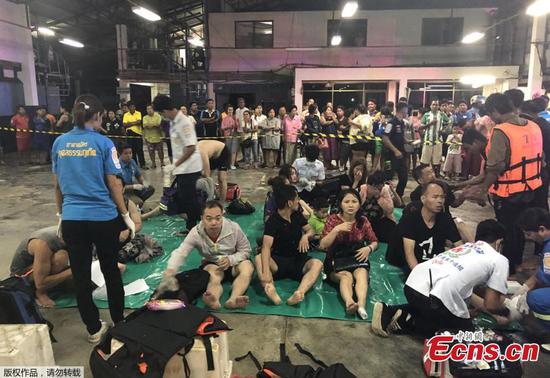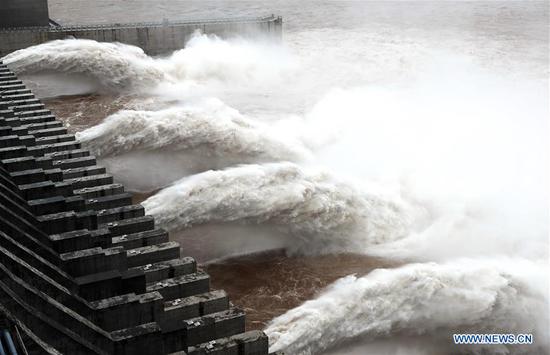Coastal areas in eastern China have kept a close eye on the progress of super typhoon Maria and have activated emergency measures to cope with it - the eighth typhoon this year.
Maria, which formed on Wednesday in the northwestern Pacific Ocean, grew to wind with speeds up to 209 kilometers per hour within 36 hours. It is expected to make landfall in the northeastern part of Taiwan and central Fujian province on the morning of July 11. Ferocious winds and heavy seas will accompany the typhoon, according to the State Flood Control and Drought Relief Headquarters in Beijing.
In Fujian, all fishing boats were ordered to return to harbor by Tuesday at noon, and all personnel at offshore fish farms were told to retreat to land by 6 pm Tuesday. The province also urged all of its coastal tourist resorts to close by 6 pm on Tuesday.
In Ningbo, Zhejiang province, local authorities issued a notice on Monday asking all ships at sea to be prepared to return to harbor if necessary. It also asked transport and tourism departments to halt all sea operations, leisure fishing and seashore tourist activities "at appropriate times".
According to the Ningbo Oceanography Center, huge waves will be generated off Ningbo starting on Tuesday afternoon and lasting 36 to 48 hours.
To ward off potential hazards associated with the super-typhoon, the Shanghai Railway Bureau will temporarily halt ticket sales to and from Wenzhou (Zhejiang), Shenzhen (Guangdong) and Beijing from Tuesday to Thursday, it said on Sunday.
The State Flood Control and Drought Relief Headquarters dispatched four working teams to Fujian, Zhejiang, Jiangxi and Anhui provinces on Monday to aid their preparation work.









